
The Pleiades, waxing moon and Jupiter visible tonight after sundown.
Legend of the Lost Pleiad
Most people see 6, not 7, Pleiades stars in a dark country sky.
However, the story about the lost 7th Pleiad harbors a universal theme. The astronomer Robert Burnham Jr. finds the lost Pleaid myth prevalent in the star lore of European, African, Asian, Indonesian, Native American and Aboriginal Australian populations.
Moreover, Burnham suggests the “Lost Pleiad” may have basis in fact. After all, modern astronomy has found that the 7th brightest Pleiades star – Pleione – is a complicated and hard-to-understand “shell star” that goes through numerous permutations. These changes cause this star to vary in brightness.
Plus people with exceptional eyesight have been known to see many more stars in the Pleiades cluster. Claims go up as high as 20 stars. Miss Agnes Clerke reports that Maestlin, the tutor of Kepler, mapped out 11 Pleiades stars before the invention of the telescope.
However, you must be willing to spend time under a dark, moonless sky to see more than 6 or 7 Pleaides stars. Stephen O’Meara, a dark-sky connoisseur, claims that eyes dark-adapted for 30 minutes are 6 times more sensitive to light than eyes dark-adapted for 15 minutes. The surest way to see additional Pleiades stars is to look at this cluster through binoculars or low power in a telescope.
Read the rest at EarthSky.
The Lost Pleiad
Not in the sky,
Where it was seen
So long in eminence of light serene,—
Nor on the white tops of the glistering wave,
Nor down in mansions of the hidden deep,
Though beautiful in green
And crystal, its great caves of mystery,—
Shall the bright watcher have
Her place, and, as of old, high station keep!
Gone! gone!
Oh! nevermore, to cheer
The mariner, who holds his course alone
On the Atlantic, through the weary night,
When the stars turn to watchers, and do sleep,
Shall it again appear,
With the sweet-loving certainty of light,
Down shining on the shut eyes of the deep!
The upward-looking shepherd on the hills
Of Chaldea, night-returning with his flocks,
He wonders why his beauty doth not blaze,
Gladding his gaze,—
And, from his dreary watch along the rocks,
Guiding him homeward o’er the perilous ways!
How stands he waiting still, in a sad maze,
Much wondering, while the drowsy silence fills
The sorrowful vault!—how lingers, in the hope that night
May yet renew the expected and sweet light,
So natural to his sight!
And lone,
Where, at the first, in smiling love she shone,
Brood the once happy circle of bright stars:
How should they dream, until her fate was known,
That they were ever confiscate to death?
That dark oblivion the pure beauty mars,
And, like the earth, its common bloom and breath,
That they should fall from high;
Their lights grow blasted by a touch, and die,
All their concerted springs of harmony
Snapt rudely, and the generous music gone!
Ah! still the strain
Of wailing sweetness fills the saddening sky;
The sister stars, lamenting in their pain
That one of the selectest ones must die,—
Must vanish, when most lovely, from the rest!
Alas! ’t is ever thus the destiny.
Even Rapture’s song hath evermore a tone
Of wailing, as for bliss too quickly gone.
The hope most precious is the soonest lost,
The flower most sweet is first to feel the frost.
Are not all short-lived things the loveliest?
And, like the pale star, shooting down the sky,
Look they not ever brightest, as they fly
From the lone sphere they blest!
- William Gilmore Simms









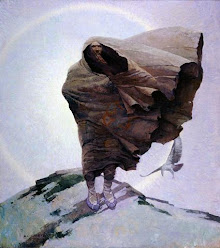














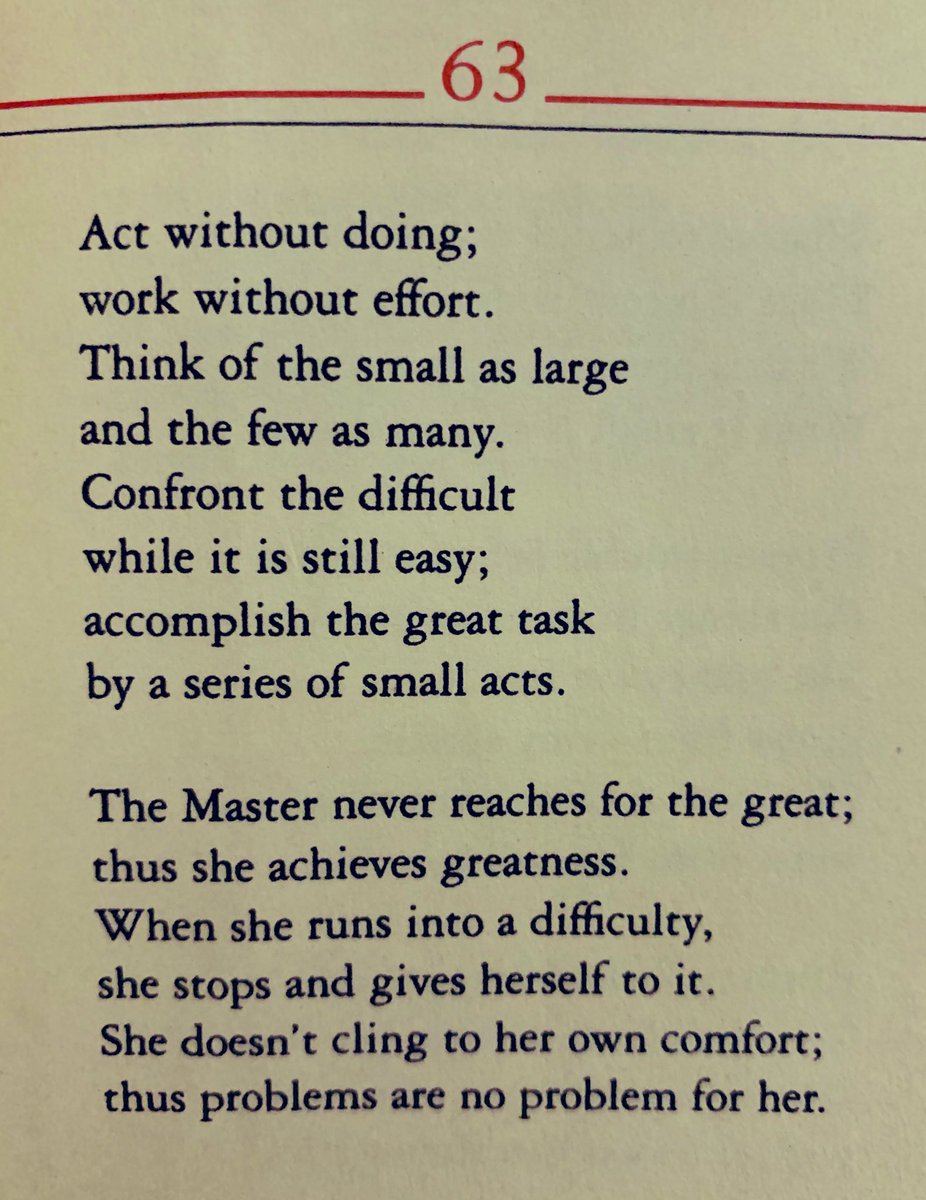









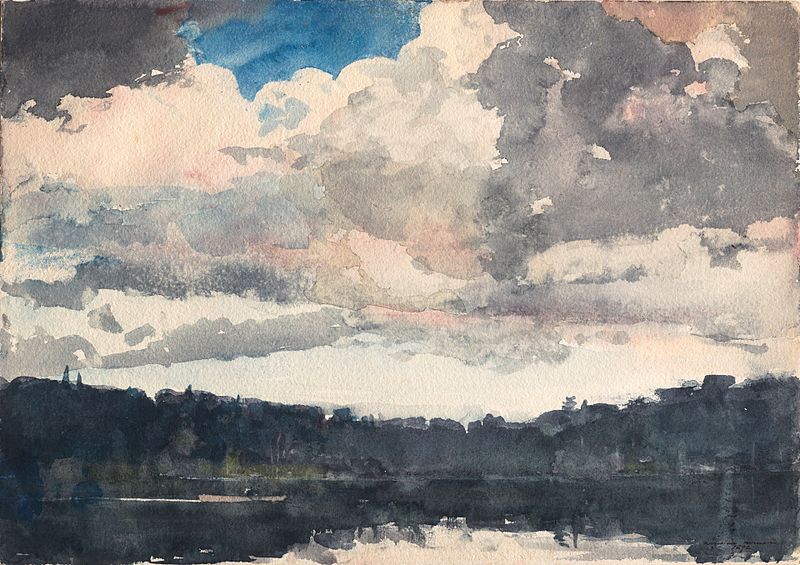





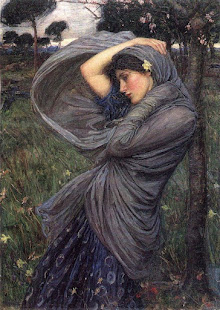





















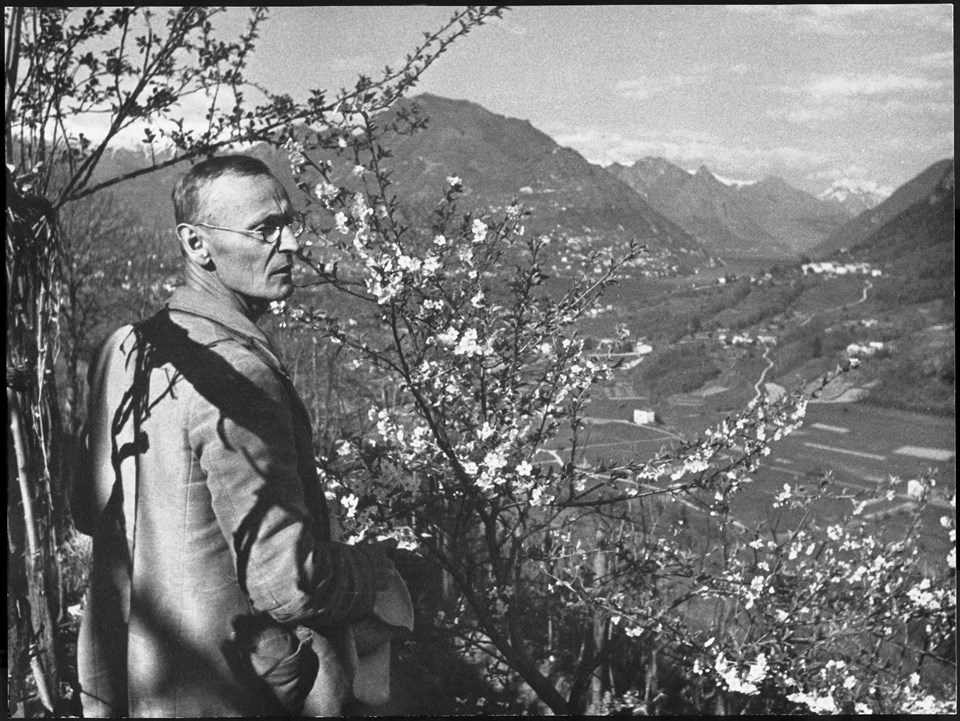


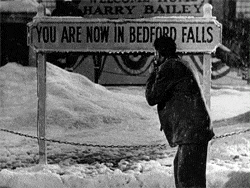







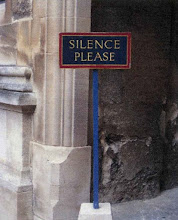









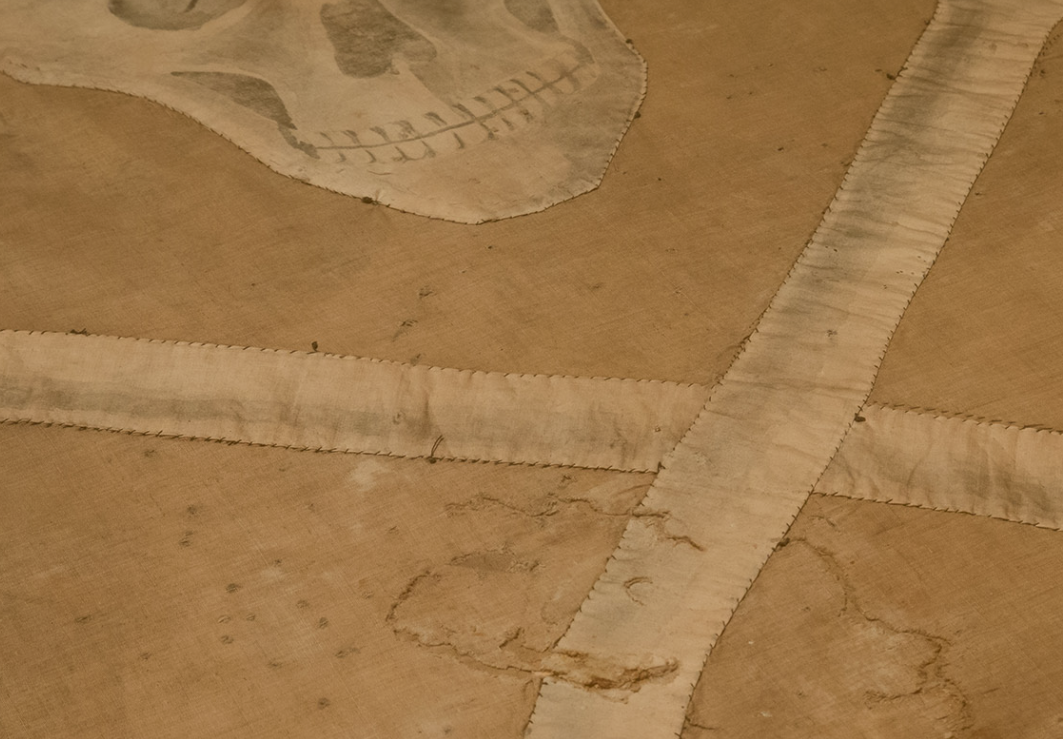

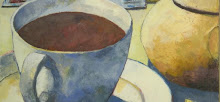
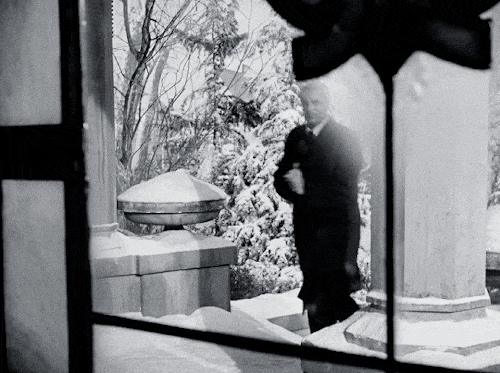


















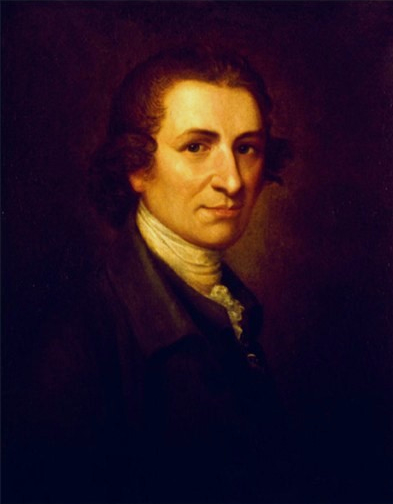


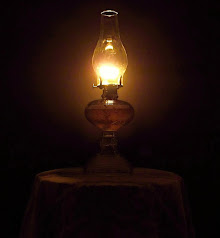



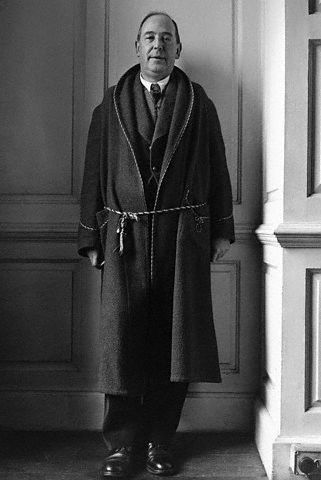



No comments:
Post a Comment